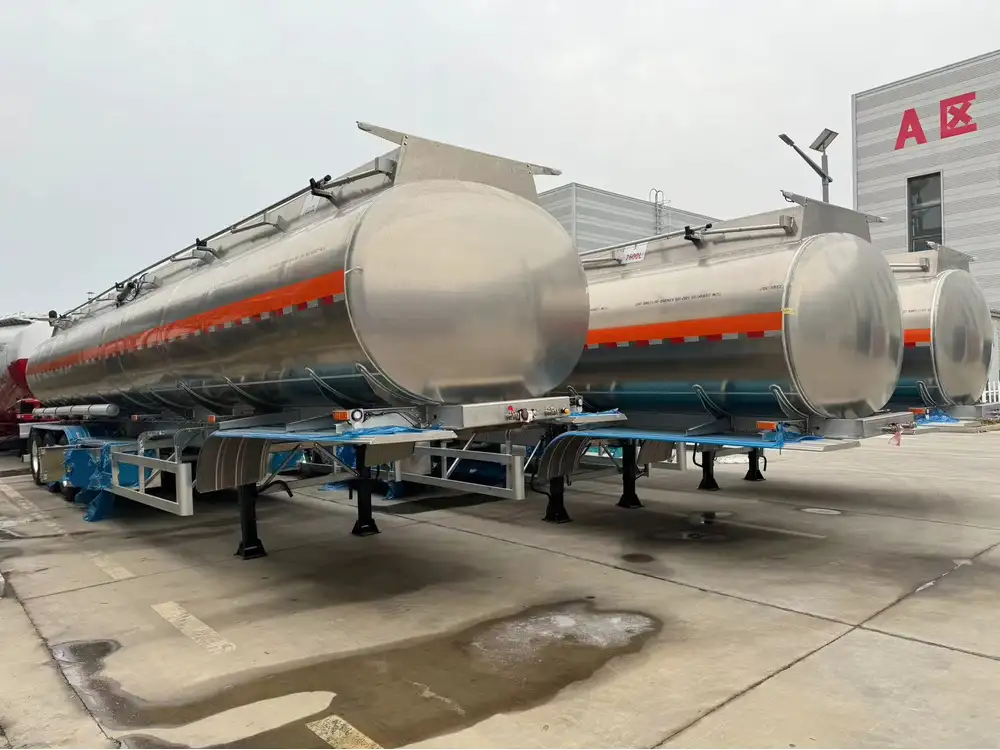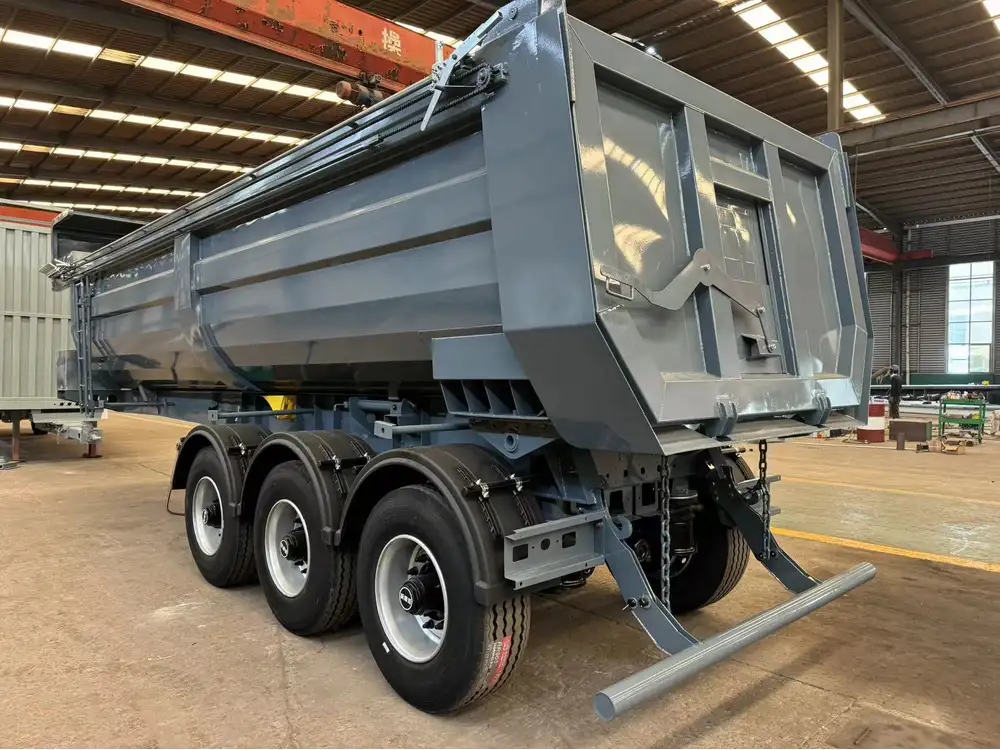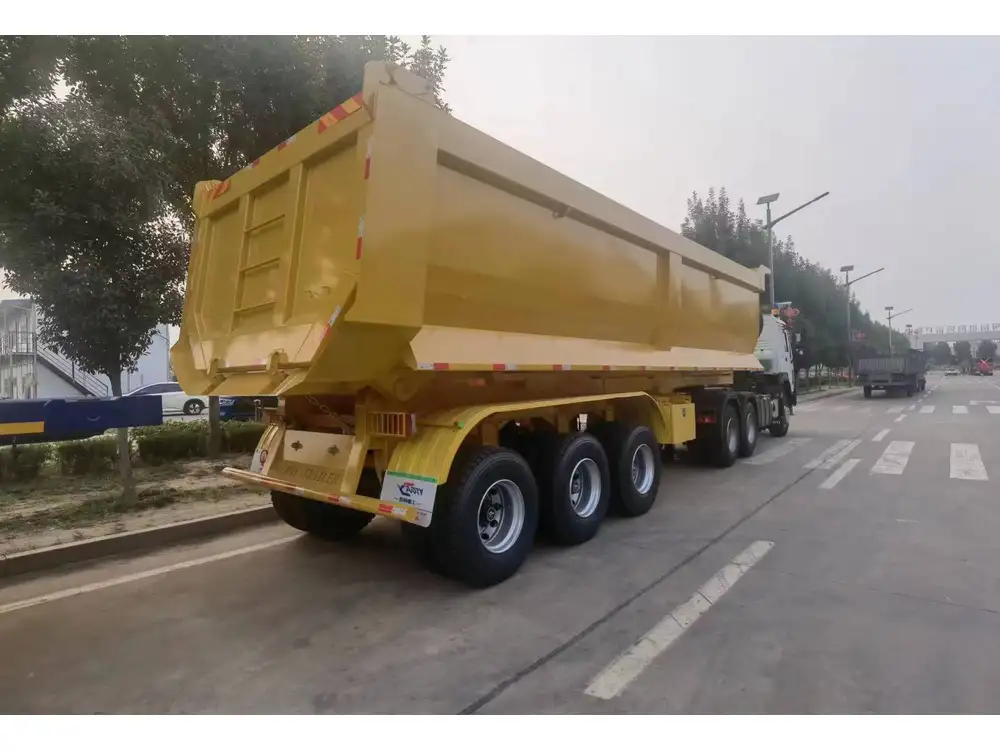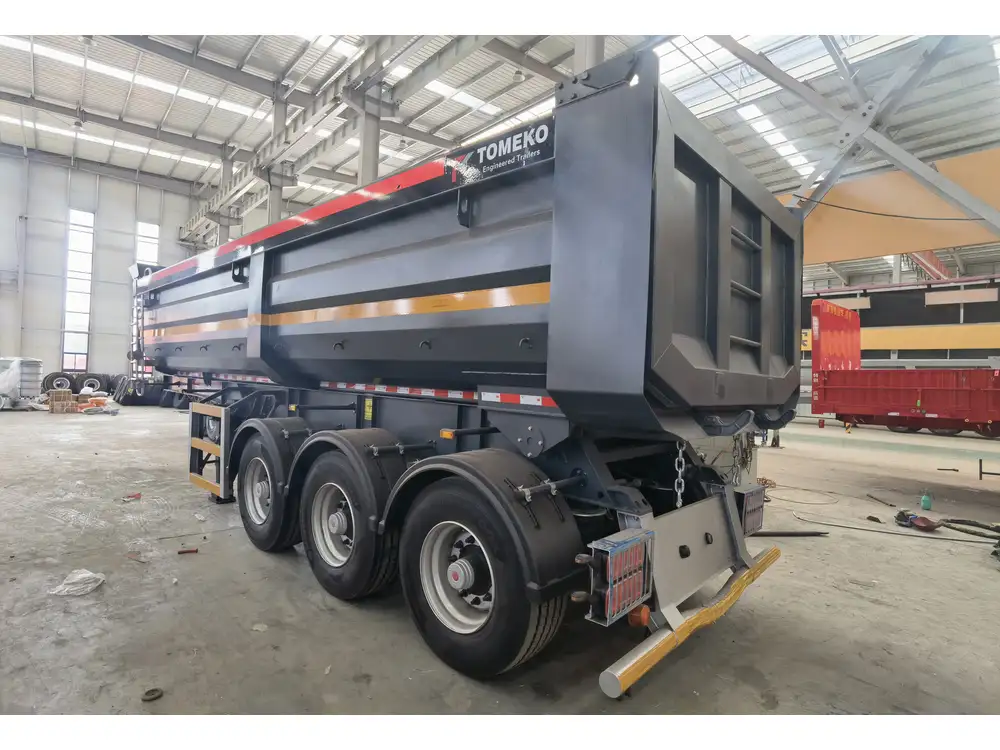Moving a semi-trailer typically conjures images of a powerful truck hauling a hefty load across highways and byways. However, an intriguing question arises in the logistics world: Can you move a semi-trailer without a truck? This article delves into the feasibility of moving semi-trailers without a traditional truck, addressing various scenarios, alternative methods, and key considerations to ensure a safe and effective move.
Understanding Semi-Trailers
Before exploring movement strategies, it’s essential to define what a semi-trailer is. A semi-trailer is a type of trailer that relies on a towing vehicle for support. Unlike traditional trailers, semi-trailers are designed with wheels attached to the rear and cannot stand independently without being connected to a truck. This arrangement makes them particularly efficient for freight transport.
Key Characteristics of Semi-Trailers
- Design: Typically, semi-trailers feature an unhitched front end, which connects to a fifth wheel coupled to a semi-truck.
- Load Capacity: Depending on their construction and materials, most semi-trailers can carry loads ranging from 20,000 to 45,000 pounds.
- Varieties: Semi-trailers come in various types, including flatbeds, refrigerated units, and tankers, each designed for specific hauling needs.

Moving Semi-Trailers Without a Truck: Is It Possible?
Potential Scenarios
Moving a semi-trailer without a truck might seem impractical, but several scenarios can make this feasible. Key factors influencing the ability to move a semi-trailer without a conventional truck include:
- Local Moves: Short-distance relocations often require less stringent methods and creative solutions.
- Legal and Safety Regulations: Compliance with local laws is crucial when considering alternative moving methods.
- Equipment and Resources: Availability of specialized equipment can dictate the possible methods used for transport.
Alternative Methods for Moving a Semi-Trailer
Although trucks are the most common movers for semi-trailers, several alternative methods exist for relocating them without one.

1. Using a Forklift
A forklift can maneuver trailers within warehouses or yards where space is limited. This requires specific types of semi-trailers designed for easier lift access.
- Pros: Suitable for indoor moves; minimal space needed.
- Cons: Limited distance capability; requires skilled operators.
2. Flatbed Trucks
Though technically a truck, flatbed vehicles can transport a semi-trailer without heavy towing capabilities. By lifting the semi-trailer onto the flatbed, it can be moved to a new location.
- Pros: Versatile and widespread; useful for short distances.
- Cons: Need for loading equipment; potential for higher costs.
3. Lowboy Trailers
Lowboy trailers are specialized vehicles designed to carry heavy loads at a low height which could accommodate different types of semi-trailers.
- Pros: Designed for heavy transport; wide load capacity.
- Cons: Requires additional transport arrangements.

4. Self-Propelled Modular Transporters (SPMT)
Ideal for moving large structures, SPMTs can manage semi-trailers and are equipped with multiple axles for stability and weight distribution.
- Pros: Perfect for heavy loads; precise maneuverability.
- Cons: High rental or purchase costs; requires specialized training.
5. Boat and Marine Transport
If moving a semi-trailer across water is the goal, logistics firms often utilize barges or specialized marine carriers to relocate heavy loads, including semi-trailers.
- Pros: Effective for cross-water transport; unique solutions available.
- Cons: Limited to transport over water; potential delays.
Assessing the Feasibility of Moving a Semi-Trailer

Critical Considerations
Before opting for any method of moving a semi-trailer without a truck, several critical factors must be evaluated.
1. Load Weight and Dimensions
The semi-trailer’s weight and overall dimensions will heavily influence the choice of moving method. Overweight loads may necessitate specialized equipment and permits.
2. Route Planning
Careful planning of the relocation route ensures compliance with legal regulations, especially concerning size and weight limits for roads and bridges, as well as any potential obstacles along the route.

3. Local Regulations
Each jurisdiction has its own set of rules governing the movement of large vehicles and trailers. Before initiating any transfer, it’s crucial to check local regulations regarding permits and required safety measures.
4. Safety Protocols
Ensuring that all safety protocols are in place is paramount. Unloading and loading must be executed by professionals to avoid accidents and damage to equipment.
Comparative Overview: Truck Transport vs. Alternative Methods
| Method | Pros | Cons | Best Use |
|---|---|---|---|
| Traditional Truck Transport | High efficiency; nationwide coverage | Dependent on availability of trucks | Long-distance heavy hauling |
| Forklift | Indoor capabilities; space efficient | Limited range; operator skilled | Warehouse relocations |
| Flatbed Truck | Versatile; operational flexibility | Loading complexity; cost | Short-distance hauling |
| Lowboy Trailer | Heavy load-specific; stable | Specialized transport needed | Heavy equipment movement |
| SPMT | Precision and stability | High cost; specialized training | Large and heavy structure relocation |
| Marine Transport | Excellent for cross-water transport | Limited to waterways; time delays | International heavy haulage |

Legal Considerations for Moving a Semi-Trailer
Permits and Regulations
Moving a semi-trailer often involves navigating a complex web of local and federal regulations. Securing the appropriate permits is oftentimes a prerequisite for transport, especially when over dimensional or overweight loads are involved.
Types of Permits Required
- Oversize Load Permits: Necessary for any vehicle or trailer exceeding regional size limits.
- Weight Permits: Required for vehicles exceeding total weight restrictions.
- Route Surveys: Sometimes required to ensure a clear path through towns or over bridges.

Compliance with Transportation Standards
In addition to obtaining permits, adherence to transportation safety standards is crucial. These may include:
- Lighting and Signage: Ensuring a visible flag or indicator for oversized transports.
- Safety Equipment: Equipping the transporting vehicle with necessary safety gear, such as chains and tarps to secure the load.
Conclusion: Making the Right Decision
In conclusion, while it is technically feasible to move a semi-trailer without a truck, the method chosen must be suited to the specific requirements of the transport job at hand. Factors such as load characteristics, distance, local regulations, and available equipment all play significant roles in determining the best approach. Engaging with transport professionals who specialize in semi-trailer moves is advisable to ensure compliance, safety, and efficiency. Ultimately, the goal is to facilitate a successful move, avoiding costly delays and ensuring the integrity of the equipment during transport.



